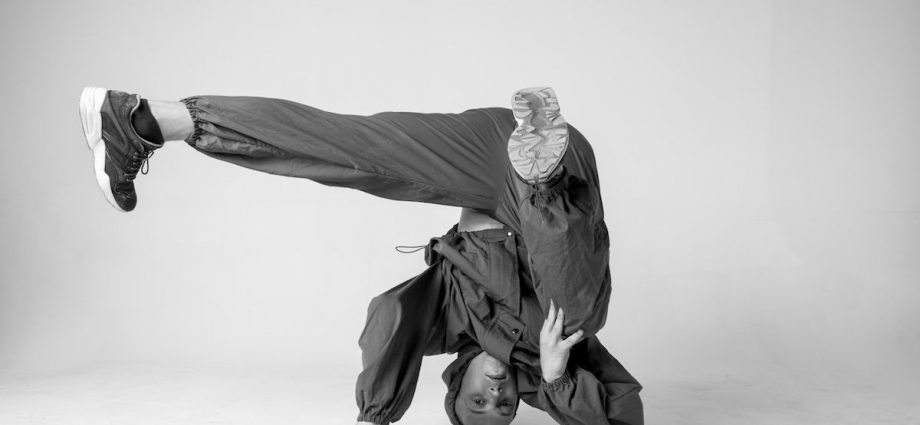FRIDAY, Oct. 11, 2024 (HealthDay News) — This year, breakdancing joined the ranks of Olympic-caliber sports, with Japan’s B-girl Ami Yuasa and Canada’s B-boy Phil Wizard taking home the gold.
Now doctors warn breakdancing shares something else with other major sports – the risk of serious overuse injury.
Specifically, breakers appear to run the risk of “headspin hole” or “breakdance bulge,” a protruding lump on the scalp formed by too many headspins on the floor, researchers say in the journal BMJ Case Reports.
“Despite ‘headspin hole’ being known within the breakdancing community, it is scarcely documented in the medical literature,” noted the research team led by Dr. Christian Baastrup Sondergaard, a neurosurgeon with the Copenhagen University Hospital’s Department of Neurosurgery in Denmark.
Their paper relates the tale of a man in his early 30s who developed a large, painful lump on the top of his head after more than 19 years of breaking.
The man practiced breakdancing about five times a week for an hour and a half, and during these sessions he’d perform headspin moves as part of his routine.
Within the past five years, there had been a noticeable increase in the lump’s size. It also became very tender, and the man started to lose hair on that part of his scalp.
Doctors found that the skin, flesh and bone on the top of the man’s head had grown thicker as a result of all those headspins.
“The presence of the lesion and associated discomfort were aesthetically displeasing to the patient, but the protuberance had not hindered the patient from continuing his head-spinning activities,” the researchers wrote.
A 2023 German survey of 106 breakdancers found that more than 60% experienced overuse injuries to the scalp due to headspins. Hair loss occurred in 31% of cases, 24% reported painless head bumps, and 37% had scalp inflammation.
Doctors treated this particular B-boy by surgically removing the bump and grinding down the extra bone that had formed at the top of the skull.
The removed tissue was about two inches long and about an inch thick, photos show. Tests showed no signs of cancer in the lump of flesh removed.
“The outcome is much better than how it looked before, and I am glad I had it done. I would choose to do it again if I had the choice,” the unnamed B-boy commented as part of the case report.
“It is now possible for me to go out in public without a cap/hat which is, of course, a very nice feeling. I have received a lot of positive feedback and people say it looks well done, that I have a nice scar, and that my overall appearance has improved significantly,” he added. “Many say that they no longer notice that I have a bump and that my head looks completely normal.”
This isn’t the only potential overuse injury associated with breakdancing, researchers noted.
Breakers also are more likely to develop carpal tunnel syndrome, tendon inflammation and shoulder impingement. Combined, these conditions are known as “breakdancer overuse syndrome,” researchers said.
“This case underscores the importance of recognizing chronic scalp conditions in breakdancers and suggests that surgical intervention can be an effective treatment,” the researchers concluded in their case report.
More information
The Hospital for Special Surgery has more on common injuries related to breakdancing.
SOURCE: BMJ Group, news release, Oct. 10, 2024
Copyright © 2025 HealthDay. All rights reserved.

